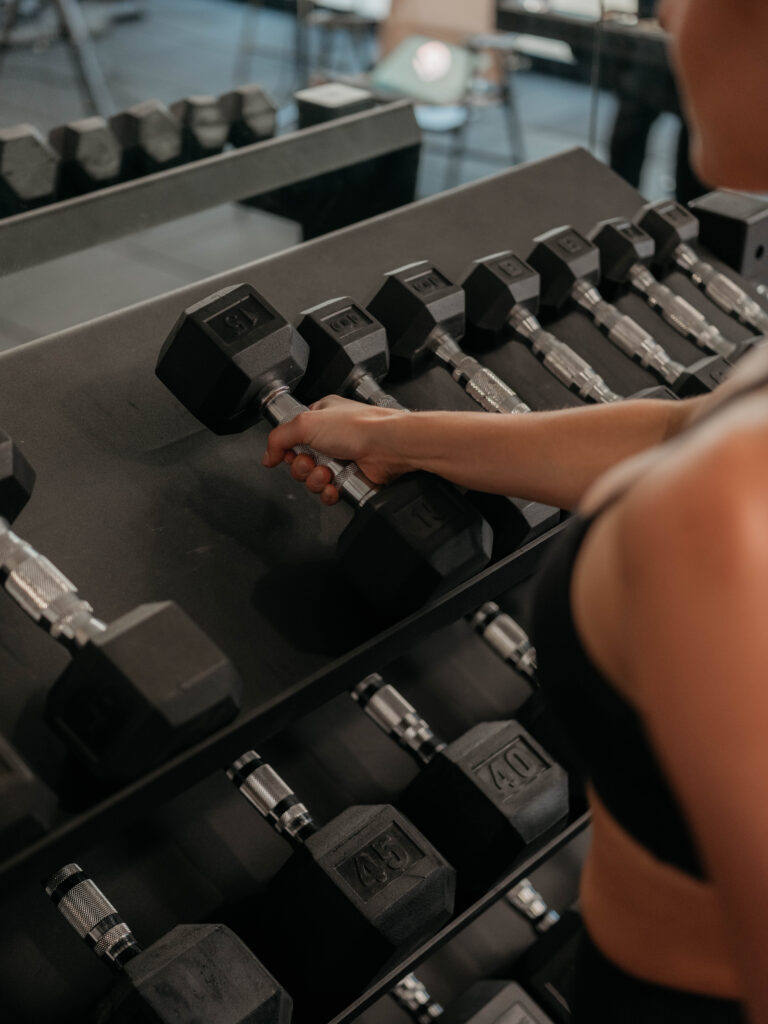
If your workouts aren’t giving you the same results they used to — or if you’re just starting your fitness journey and want to see progress from the start — you’re not alone. That’s where progressive overload comes in. It’s one of the most effective (and simplest) ways to build strength, see results, and keep your workouts working for you.
Whether you’re lifting weights, doing bodyweight training, or following one of my fitness guides, understanding workout progression is key to getting stronger over time. Let’s get into it!
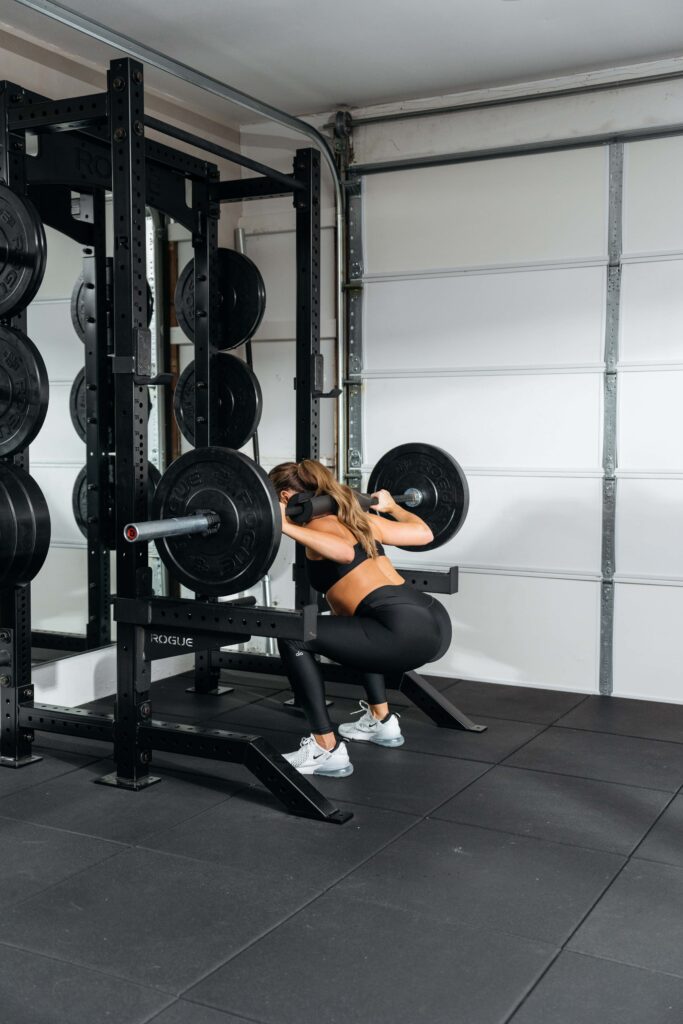
What Is Progressive Overload?
Progressive overload training involves gradually increasing total weight or volume of weight moved over time. It has shown to be one of the most effective ways to develop muscle mass and strength.
The logic here is straightforward. You need to place enough physical stress on your body to force it to adapt to its new exercise requirements. The way to do this safely is by adjusting different factors of the workout incrementally so the body continues to respond to new stimuli.
That might look like adding more weight, doing more reps, increasing time under tension, or reducing rest periods. I generally prefer to utilize two specific levers to keep my body guessing and therefore, adapting: volume and intensity.
- Volume is the amount of overall weight you are moving throughout the workout via sets and reps.
- Intensity refers to the actual amount of weight you are moving on a given rep. By slowly increasing the amount of weight per rep, you’ll be moving more weight on a week-by-week basis, while perhaps keeping the volume constant.
The combination of these two important factors have led to massive improvements in my strength training.
The overall goal? To help your body adapt, grow stronger, and avoid plateaus. No need to overthink it — just small, consistent tweaks over time.
Why It Matters
While sticking to the same workout without changing anything over time won’t necessarily hurt your progress, it can stall it. Having those two separate levers – volume and intensity – and intentionally increasing them (even slightly) will better help you activate new muscle growth, boost endurance, and avoid plateaus.
This approach supports strength training progression and makes every workout more effective — especially when paired with proper rest, nutrition, and consistency.
How To Use Progressive Overload in Your Routine
Remember: we’re talking about progressive overload here. You don’t need to max out every week. Here are a few simple examples of how to apply gradual overload training to your workouts:
- Increase your weights by 2–5lbs when it starts to feel too easy
- Add 1–2 more reps or sets per movement
- Slow down the tempo to increase time under tension
- Shorten rest time between sets
Even small changes can make a big difference — and help you build strength over time in a sustainable way.
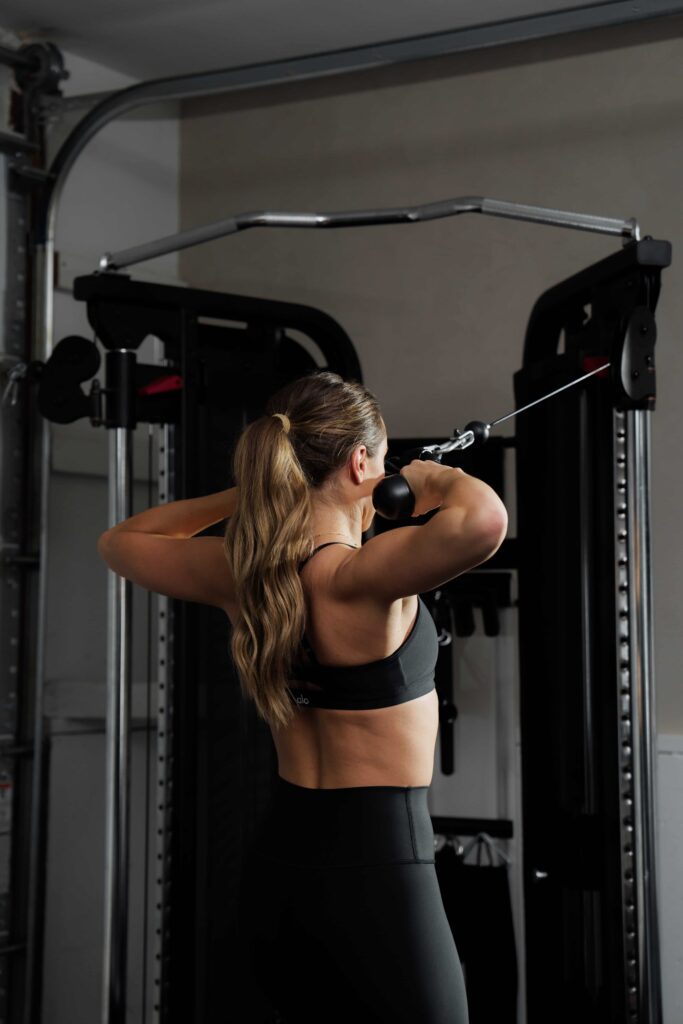
Want a Plan That Uses Progressive Overload?
My GOOD // SWEAT Strength Guides (1.0 and Level Up 2.0) are both built around this exact method. You’ll get a mix of structure and flexibility so you can keep progressing — without the guesswork. Whether you’re just getting started or already training consistently, they’re designed to help you level up at your own pace.
Progressive overload workouts don’t have to be complicated. The key is showing up consistently and making small, smart adjustments over time. Your body and future self will thank you!
One last thing – find my go-to fitness equipment and apparel over at Recreation Sweat.
More Fitness Tips & Workouts to Keep You Moving:
10 Benefits of Strength Training
When to Modify Workouts During Pregnancy
FREE 35-Minute Cardio & Core Workout You Can Do At Home
5 Glute-Focused Resistance Band Exercises You Can Do Anywhere
Why Women Should Care About Building Muscle (No, You Won’t Get Bulky)
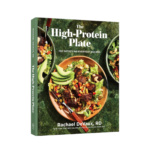
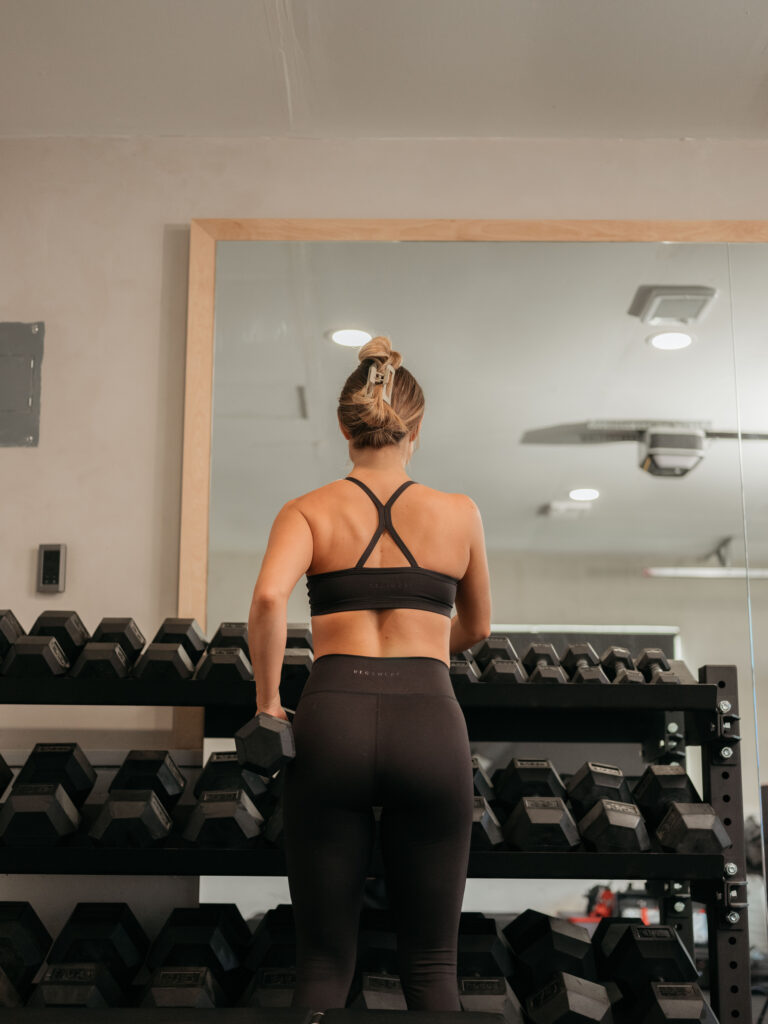
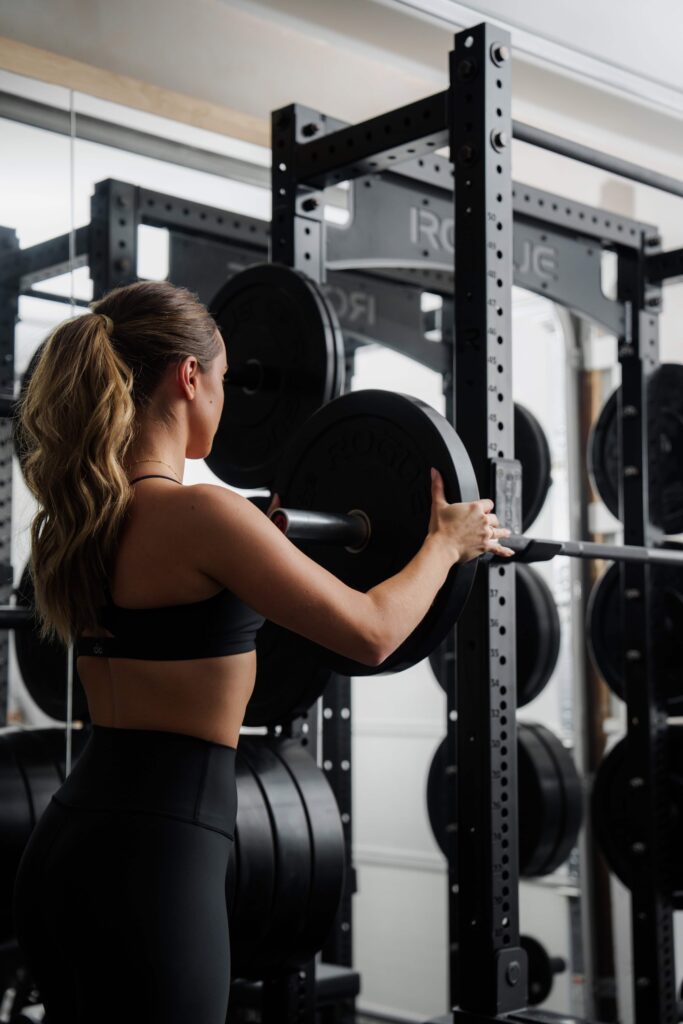

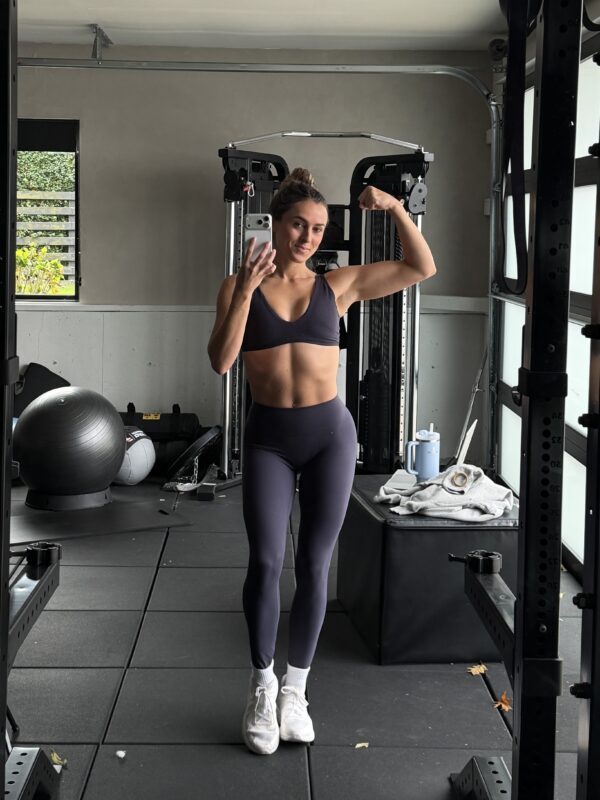
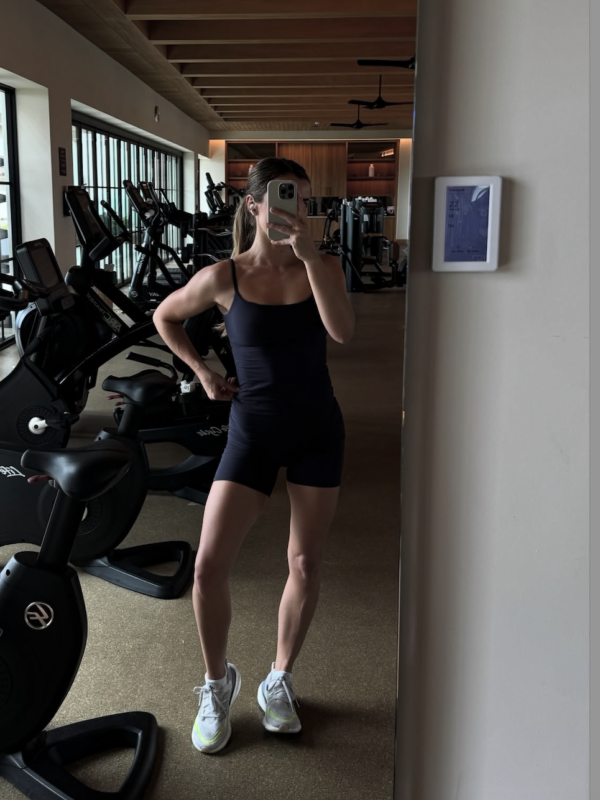

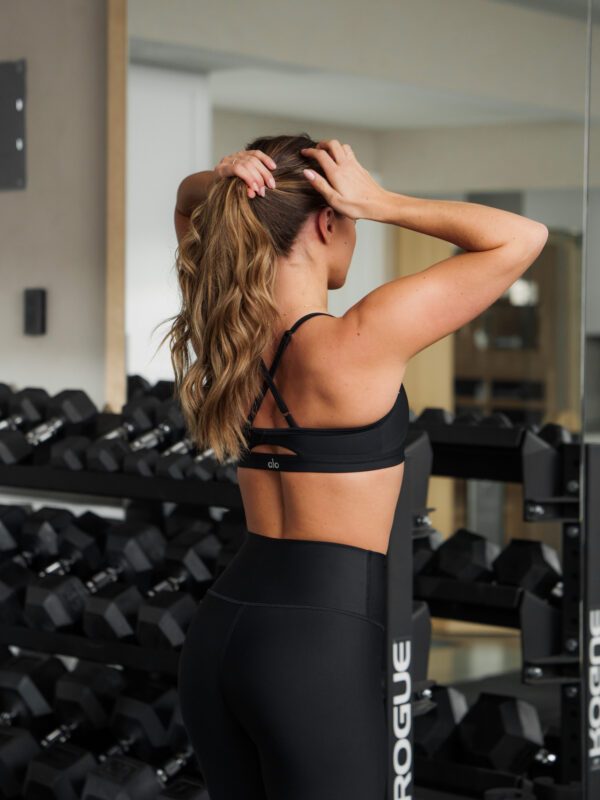








Comments